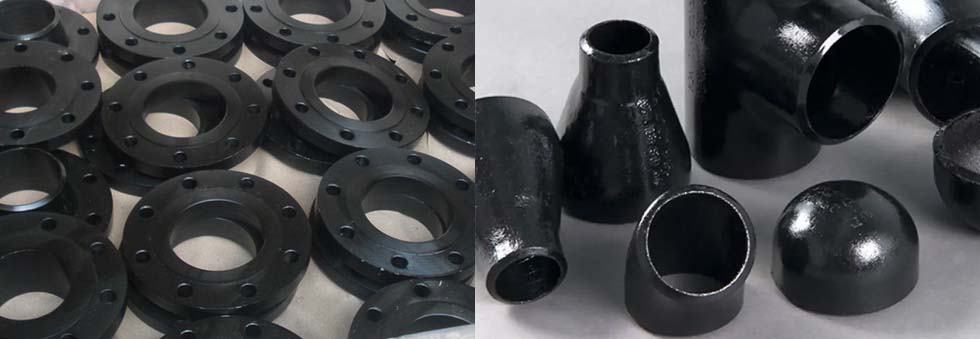What is the difference between ASTM A105 and ASTM A234?

ASTM A105 and ASTM A234 are both ASTM (American Society for Testing and Materials) specifications that pertain to different types of materials used in the construction of pipes and fittings.
ASTM A105 is a specification for carbon steel forgings, such as flanges, fittings, valves, and other parts that are used in pressure-containing applications. The main difference between A105 and other carbon steels is that it is an alloy steel, which means it contains additional elements such as manganese, phosphorus, sulfur, and silicon. These elements improve the strength and hardness of the steel.
ASTM A234, on the other hand, is a specification for carbon steel and alloy steel pipe fittings. These fittings include elbows, tees, reducers, crosses, and caps, among others. The main difference between A234 and other carbon steels is that it is an alloy steel, which means it contains additional elements such as manganese, phosphorus, sulfur, silicon, and molybdenum. These elements improve the strength, toughness, and corrosion resistance of the steel.
Another important difference between these two specifications is the types of fittings they cover. A105 covers forgings, which are typically used in pressure-containing applications, while A234 covers pipe fittings, which are used to connect pipes and other piping components.
In summary, the main difference between ASTM A105 and ASTM A234 is that A105 is a specification for carbon steel forgings mainly used in pressure-containing applications, and A234 is a specification for carbon steel and alloy steel pipe fittings mainly used to connect pipes and other piping components.